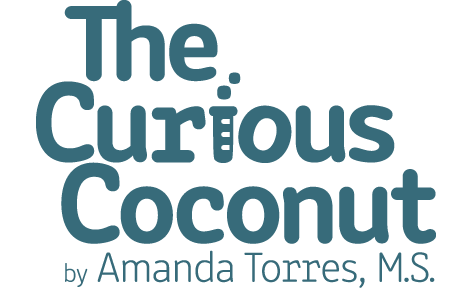Abstract
"Non Celiac Gluten sensitivity (NCGS) was originally described in the 1980s and recently a "re-discovered" disorder characterized by intestinal and extra-intestinal symptoms related to the ingestion of gluten-containing food, in subjects that are not affected with either celiac disease (CD) or wheat allergy (WA). Although NCGS frequency is still unclear, epidemiological data have been generated that can help establishing the magnitude of the problem. Clinical studies further defined the identity of NCGS and its implications in human disease. An overlap between the irritable bowel syndrome (IBS) and NCGS has been detected, requiring even more stringent diagnostic criteria. Several studies suggested a relationship between NCGS and neuropsychiatric disorders, particularly autism and schizophrenia. The first case reports of NCGS in children have been described. Lack of biomarkers is still a major limitation of clinical studies, making it difficult to differentiate NCGS from other gluten related disorders. Recent studies raised the possibility that, beside gluten, wheat amylase-trypsin inhibitors and low-fermentable, poorly-absorbed, short-chain carbohydrates can contribute to symptoms (at least those related to IBS) experienced by NCGS patients. In this paper we report the major advances and current trends on NCGS."




